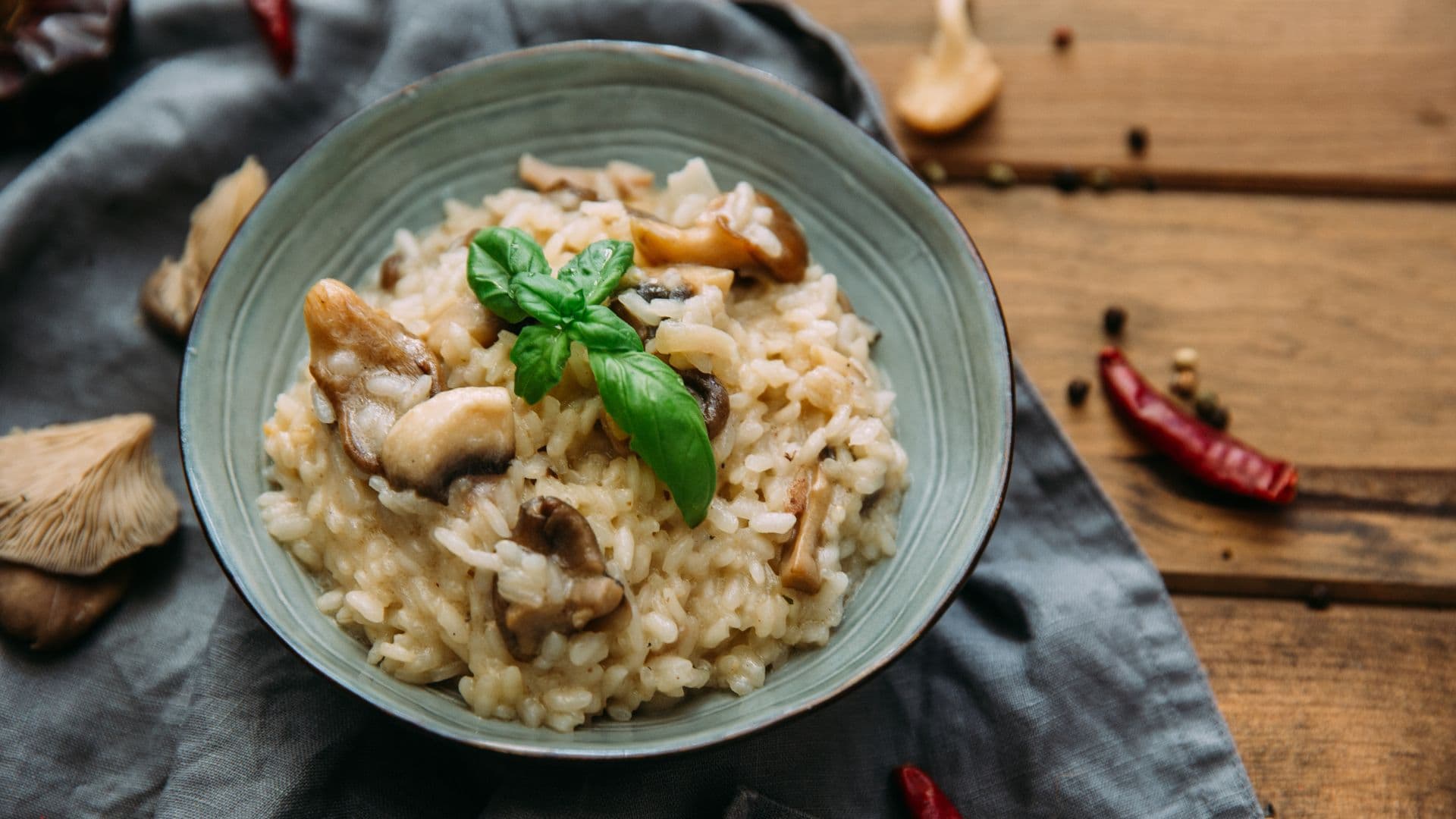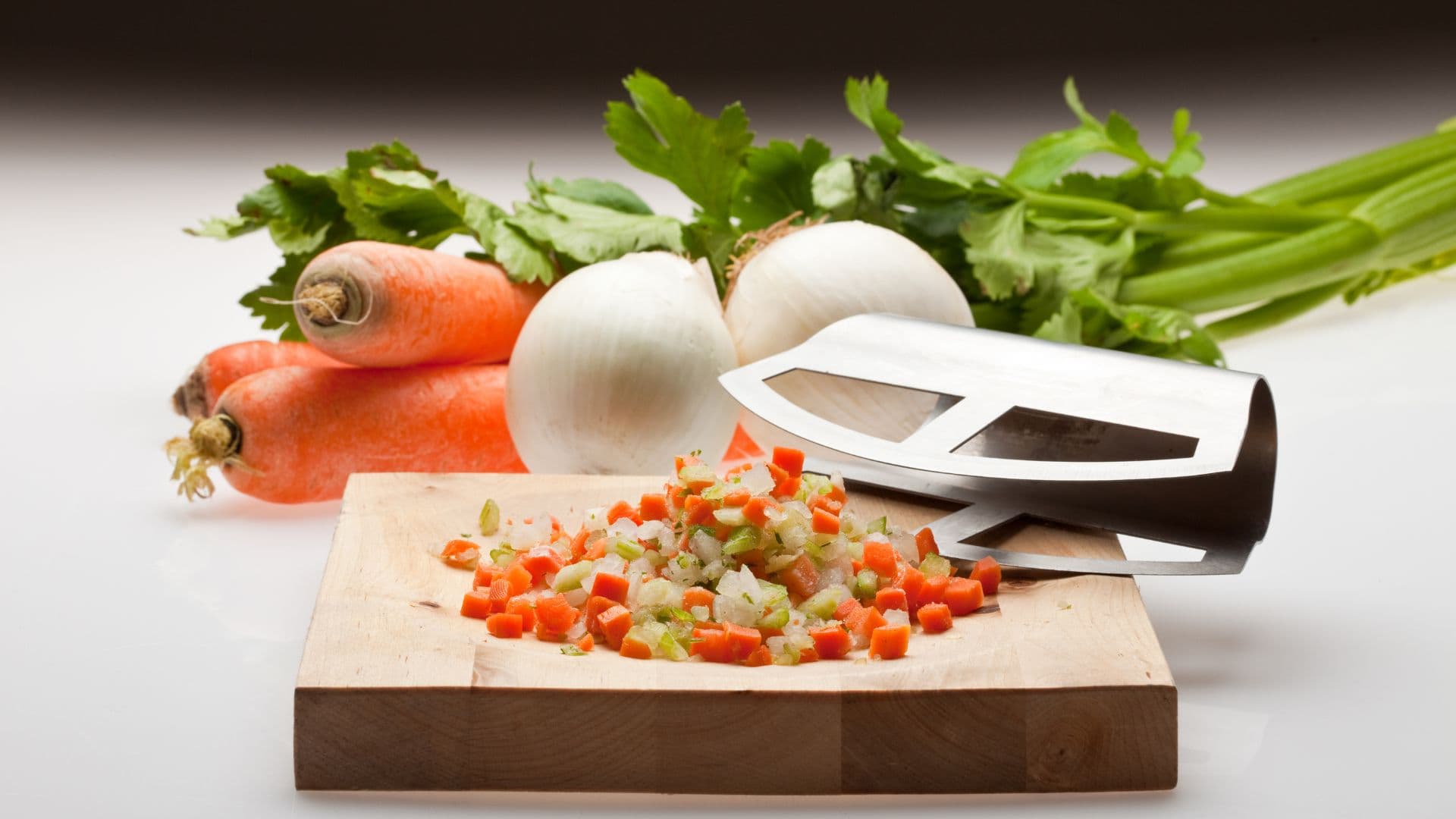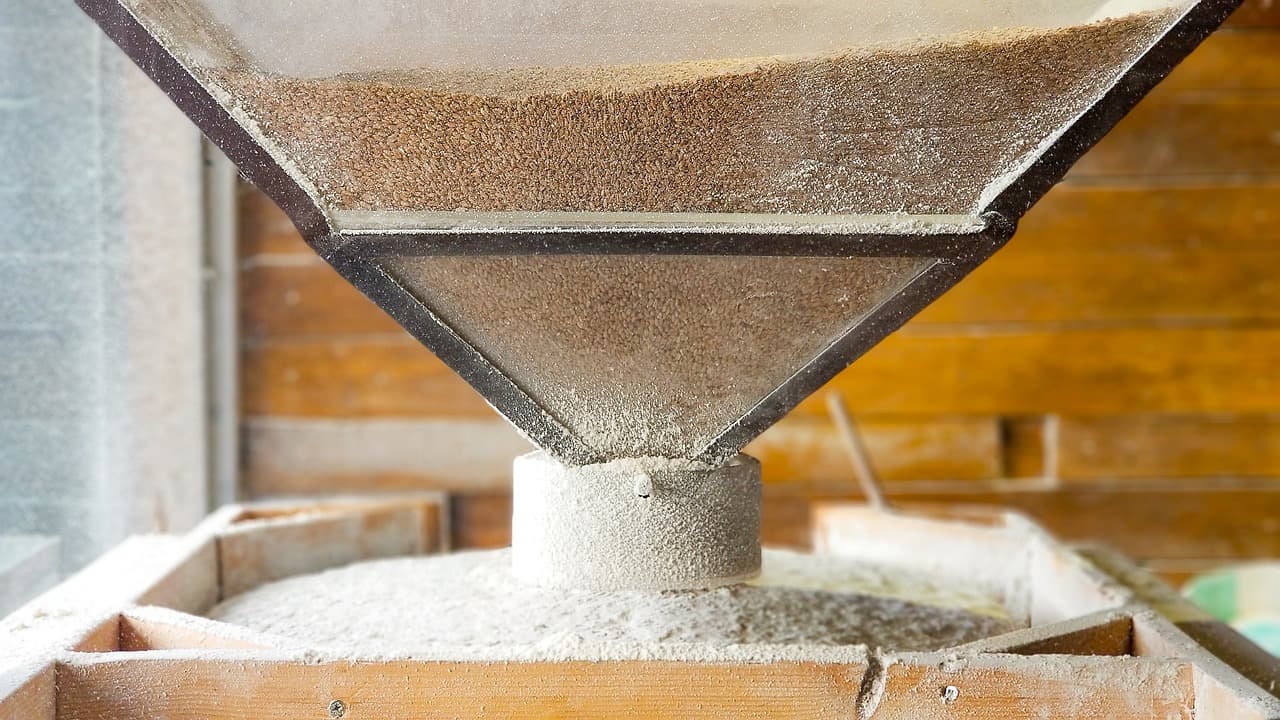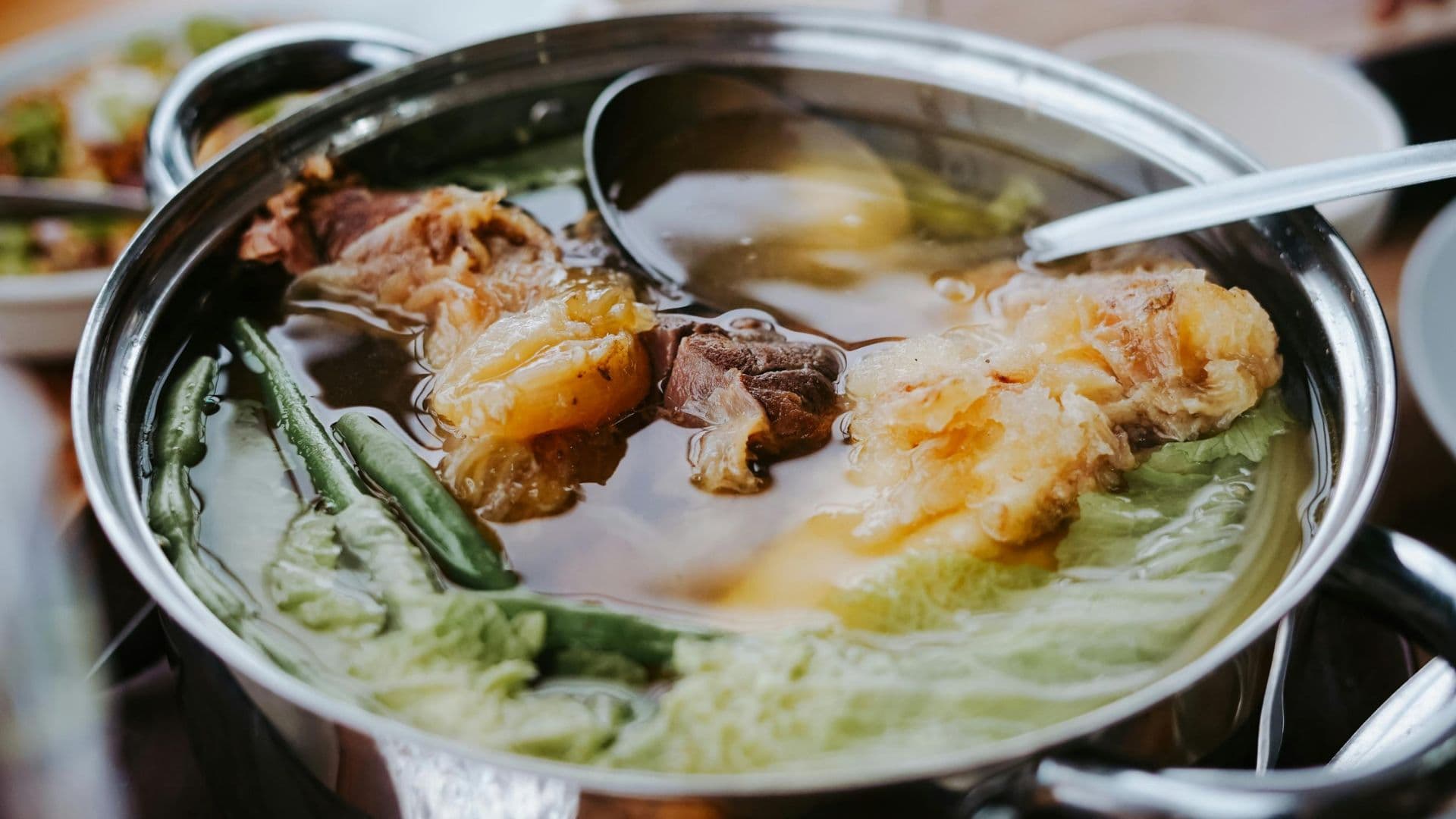Risotto
Master real risotto by understanding how to start with aromatics, gradually add stock to release the rice's creaminess, and finish with flavors you love.
Risotto represents one of the most misunderstood dishes in home cooking, often dismissed as difficult or requiring constant attention. In reality, risotto is about understanding a simple process: building an aromatic foundation, gradually coaxing starch from rice with warm stock, and finishing with ingredients that create the signature creamy texture without any cream at all.
The fundamental process relies on the unique properties of short-grain rice, particularly Arborio, which releases starch slowly when stirred with liquid. This natural starch, combined with the traditional Italian finishing technique called mantecatura, creates the flowing, creamy consistency that defines great risotto. Understanding these principles gives you the confidence to create countless variations while maintaining the essential character that makes risotto special.
Equipment Needed
- Saucepan
- Chef's knife
- Cutting board
- Grater



